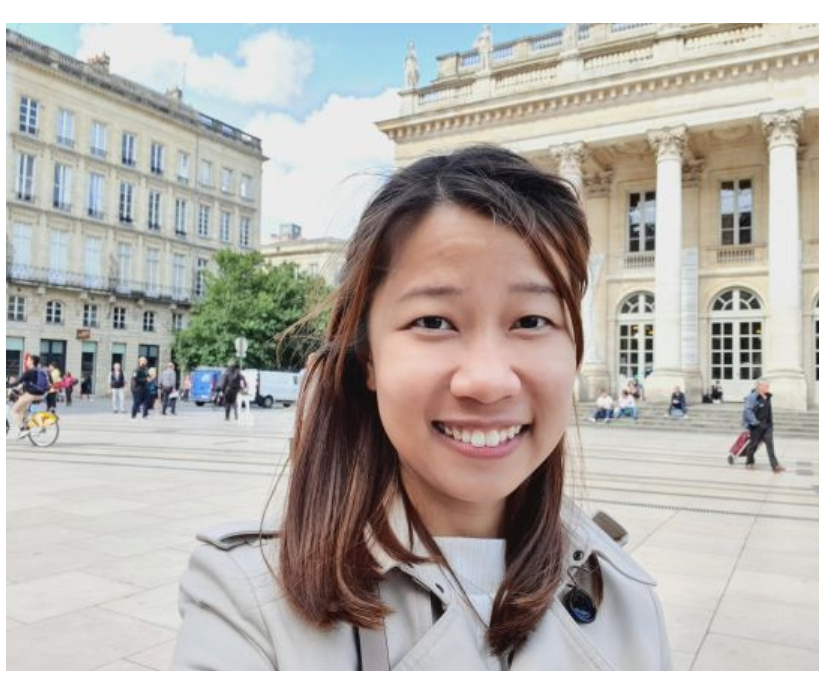
This interview was conducted with Yvonne Mei Fong Lim, who is a member of the IMI Big Data@Heart (BD@H) consortium. Yvonne is a key member of the case study 1 working group.
Yvonne, please tell us a bit about yourself:
I was born, raised and educated in state of Selangor, Malaysia. I am 35 years old and have advanced degrees in Pharmacy and Information Systems. I have been working at the Centre for Clinical Outcomes Research, Institute for Clinical Research, National Institutes of Health at the Ministry of Health, Malaysia since 2014. I did most of my early training in KualaLumpur, the capital of Malaysia and completed my undergraduate degree at the University of Strathclyde, Glasgow. In addition to my work for the Ministry of Health, Malaysia, I was also able to apply the work I did last year with the BD@H consortium towards an MSc and PhD degree in Epidemiology at Utrecht University. My time for this PhD programme is divided between Utrecht and Kuala Lumpur. I have just returned to Kuala Lumpur to work for 7 months and hope to be able to publish some of the work that we did in case study 1 soon. Right now, I am finishing my postgraduate Master degree in Epidemiology.
How did you get involved in Big Data @ Heart?
I knew people who were going to Utrecht University and heard about the project through them. After interviewing online with Folkert W. Asselbergs, Ilonca Vaartjes and Stefan Koudstaal, I applied and got the position. In addition, I was awarded a grant from the Global Health Support Program at Utrecht University, which helped me finance my stay and set me up with another Dutch advisor Diederick E. Grobbee. His role, together with Folkert W. Asselbergs was instrumental in supporting my work with BD@H and enabling me to meet with other collaborators within the BD@H consortium. During my time in Utrecht I mainly worked with Stefan Koudstaal, Ilonca Vaartjes, Folkert W. Asselbergs, Diederick E. Grobbee, René Eijkemans and Alicia Uijl for the BD@H project case study 1.
Can you describe your work in Big Data @Heart:
My work centered around setting up and conducting the comparative analyses for case study 1. Case study 1 compares the demographics of patient who participated in industry sponsored heart failure drug development studies with the demographics of typical heart failure patient registry populations in Sweden, the NL, the UK and hopefully Spain. One of the goals was to try to understand how comparable the populations are and if the results from the industry studies are applicable for typical patients. In Utrecht, I worked with Alicia Uijl, who did a lot of the work with the Swedish Heart Registry data for case study 4. I was able to build on her work for case study 1. I was fortunate to spend 1 month in Sweden and work directly with Gianluigi Savarese and Lars Lund who were working on the Swedish heart failure registry. It was really important to have direct contact with both of them so I could understand the Swedish registry data and discuss how we could use it in our study. This was especially important to ensure that our work was conducted within the realm of the GDPR, Europe’s new data privacy regulation. After spending the month in Sweden, I had a good basis to be able to continue the work from Utrecht.
Can you describe case study 1?
It is very interesting to work in a Public - Private- Partnership such as BD@H. It has provided me with the unique opportunity to understand the different needs of both stakeholder groups. The industry efficacy trials typically employ randomized controlled trial (RCT) study designs that are created to have strong internal validity, sometimes at the cost of limited external validity. The drug development RCTs are conceived to minimize variation in comorbidities and co-medications to be able to test the effect of the new therapy while trying to reduce the bias and confounding caused by differences within the study populations. While that is essential to garner drug approval, it can sometimes make the study results difficult to translate into typical medical practice. So, one of the goals of the case study is to highlight that the stakeholders (the pharmaceutical industry and clinicians) have different needs and to explore opportunities on how we can still manage to use the data for both groups. One key challenge is to find study design solutions that might retain the rigor of randomization (the RCT) while providing information that could be easily translated into typical clinical practice (the realm of real-world data generation). That is obviously not an easy task, but just gaining insight on why the differences in the approaches exist is a good place to start.
Where you able to meet your personal goals for your work in BD@H?
First, it was great to meet the people working in the consortium and have the chance to collaborate with them. I learned a lot and also felt like I was able to contribute to the achievement of the case study and the overall project goals. Second, I trust that I will be able to apply the big data approaches that I used in BD@H to my work at the Institute for Clinical Research at the Ministry of Health of Malaysia. Third, I am glad that I was to be able to use my project work towards gaining my degrees in Epidemiology. Overall, it was a good year and I would highly recommend such project work to other academics.